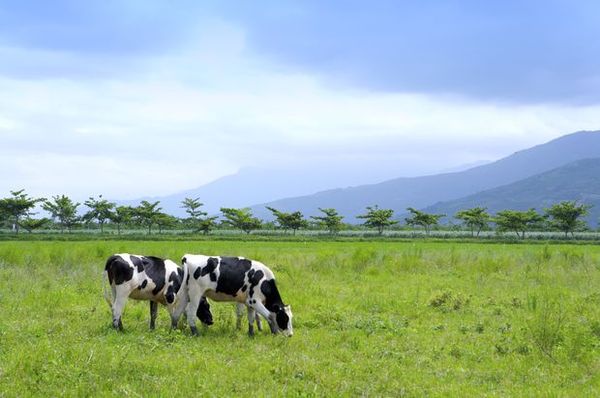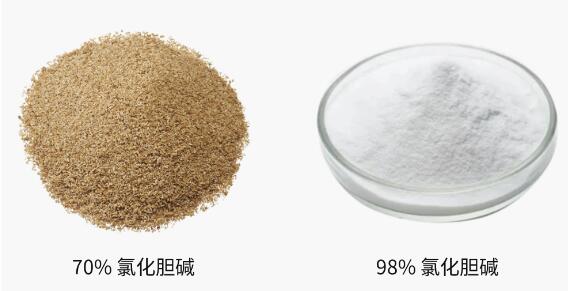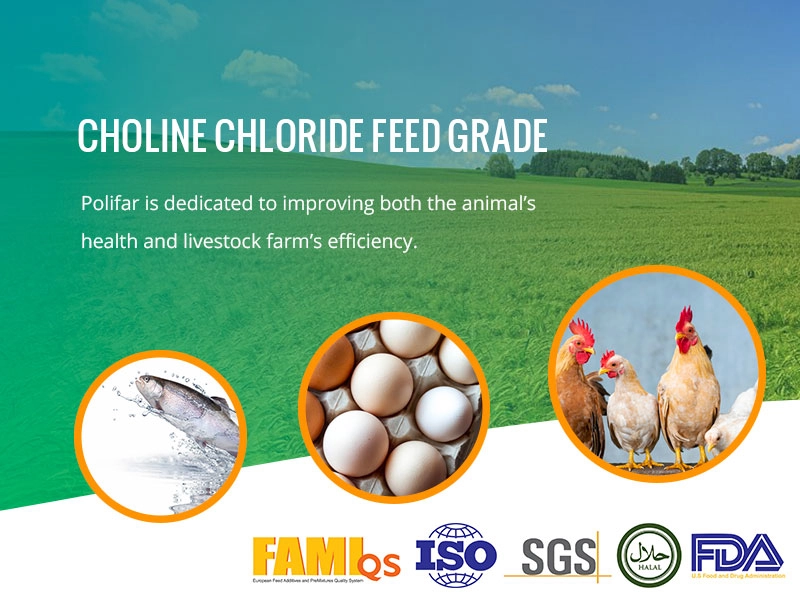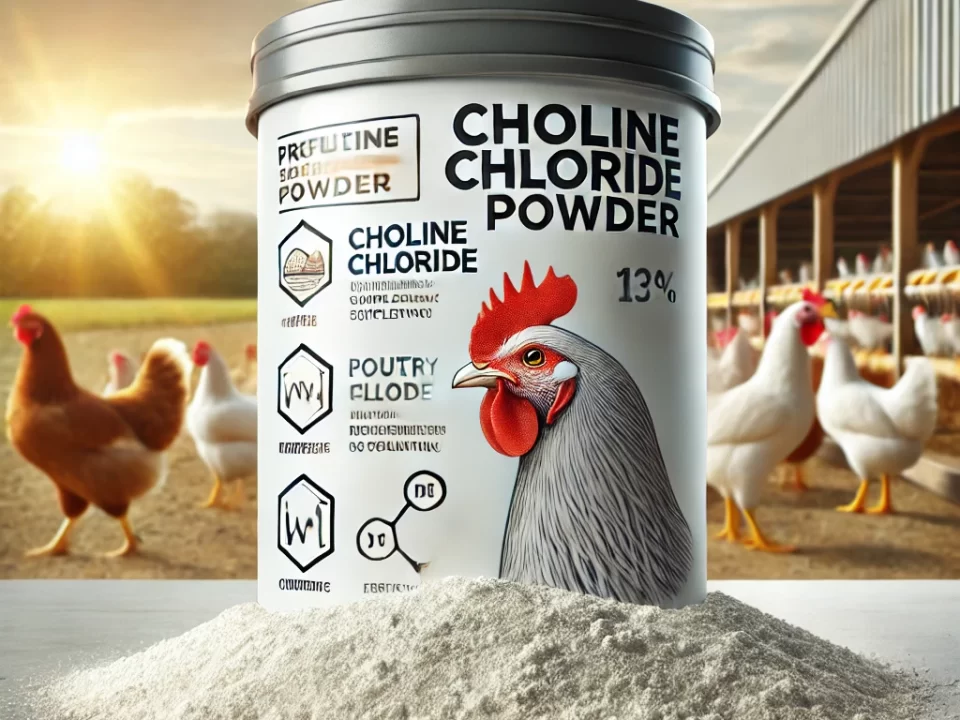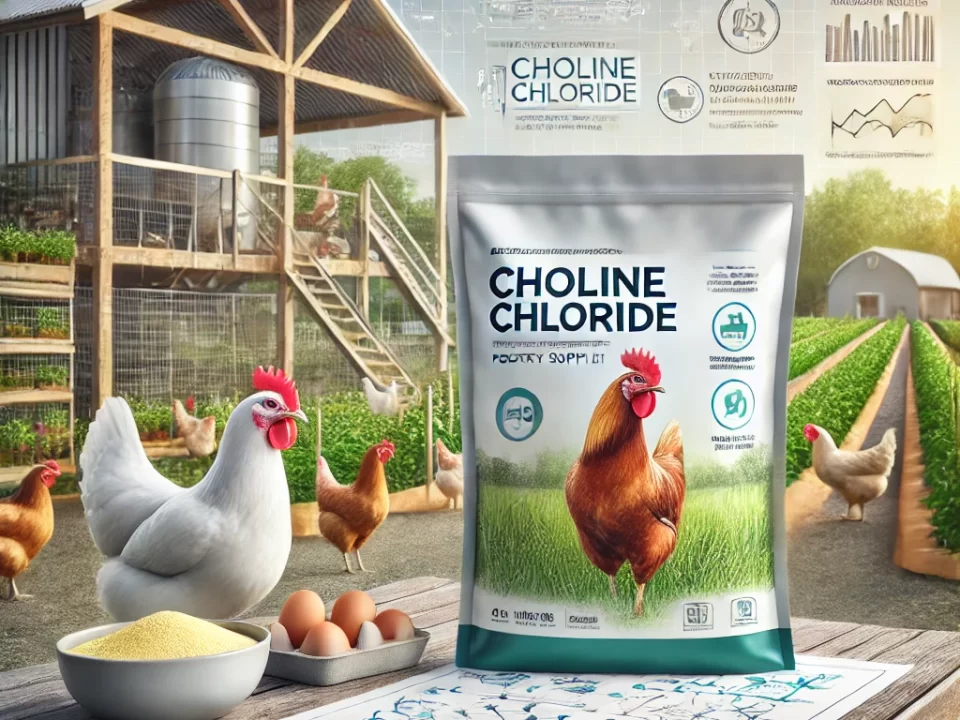Part 3. Choline Chloride : A Limiting Nutrient for farm animals.

Part 2. Choline Chloride : A Limiting Nutrient for farm animals.
July 7, 2022
Part 4. Choline Chloride : A Limiting Nutrient for farm animals.
July 7, 2022EVIDENCE FOR A CHOLINE DEFICIENCY IN TRANSITION DAIRY COWS
The first piece of evidence that transition cows are deficient in choline is the development of fatty liver during the periparturient period (Grummer, 1993; Bobe et al.,
2004). More compelling evidence is the alleviation of fatty liver when supplying cows with choline that is protected from ruminal degradation (Cooke et al., 2007; Zom et al.,
2011). Dutch researchers (Goselink et al., 2012) recently demonstrated greater gene expression for microsomal triglyceride transfer protein (MTTP) in liver of transition cows
supplemented with rumen-protected choline (RPC). MTTP is an important protein required for hepatic VLDL synthesis. This provided solid evidence that choline limitation
is a causative factor for inadequate fat export out of the liver.
The reduction in liver fat content when feeding transition cows RPC is accompanied by improved health and production. Lima et al. (2011) observed reduced incidences of
clinical ketosis, mastitis, and morbidity when feeding RPC from 25 days prepartum to 80 days postpartum. It has been known for years that elevated fat in the liver is associated
with poor reproductive performance (Bobe et al., 2004). First service conception rate was increased by feeding RPC in one study (Oelrichs et al., 2004) but not another (Lima
et al., 2011). We (Grummer and Crump, unpublished) recently completed a metaanalysis for 13 studies that fed RPC to transition cows (Table 1). Feed stability or evidence of bioavailability of choline source was not a criterion for study selection.
Studies were not screened for “soundness” of research. Treatment means and sample size (standard error of the mean) had to be available for the analysis. Ten of the
thirteen trials were published in peer-reviewed journals. For studies to be included in this analysis, RPC had to be fed prior to calving. Time when RPC supplementation was
started varied between 28 to 7 days prior to expected calving. RPC supplementation was terminated anywhere from the day of calving (one study) to 120 days in milk.
Response variables included DMI, milk yield, energy corrected milk yield, fat %, protein %, and fat and protein yield. Insufficient data was available for analysis of liver fat or
energy-related blood parameters. Analysis revealed a significant increase of 4.9 lb milk/day and 1.6 lb of dry matter intake/day (Table 2; Figure 1). Milk fat and protein
yield percentage were not significantly affected by treatment but yields were .
These studies were conducted in several countries under a variety of management conditions and they did not target problem herds or cows. This implies that benefits to
supplementing protected choline can be realized by a wide variety of herds. Alleviating a choline deficiency not only reduces liver fat but also improves parameters that are
economically important to dairy producers.
CAN PROTECTED METHIONINE SUBSTITUTE FOR PROTECTED CHOLINE?
Protected methionine has often been suggested as a possible alternative to
protected choline for supplementation to transition dairy cows. Methionine and choline
both serve as methyl donors. Methionine methyl groups can be used for endogenous
synthesis of PC from PE. Therefore, there is a conceptual basis for methionine
substitution for choline. Additionally, as an amino acid, methionine is needed for the
synthesis of apolipoproteins.


